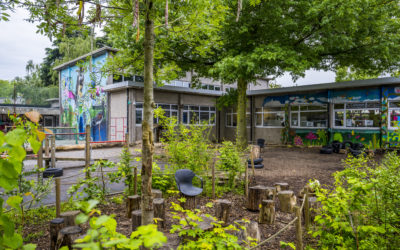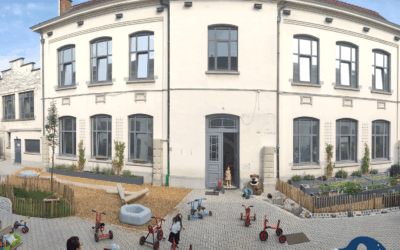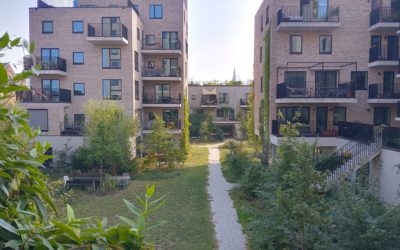The city supports EcoSchools that focus on climate with coaching and a subsidy of up to 30,000 euros.
Royal Military School
Das Projekt
The site is located in a highly urbanised area in the heart of Brussels, where land paving is the norm. Removal of this paving creates opportunities in terms of biodiversity. With the right adjustments, such as large-scale removal of paving, the creation of water points and the planting of hedges and trees with native species, we expand the green-blue network, give local fauna and flora a chance to recover and connect the site with green points nearby, such as the Cinquantenaire and Leopold Park.
The building itself is listed heritage, so changes to the building itself were not possible. The total surface of the RMS site that was made biodiversity-friendly is 4 hectares.

Projektstandort
Beitrag(e)
Projektkosten
Teilnehmer
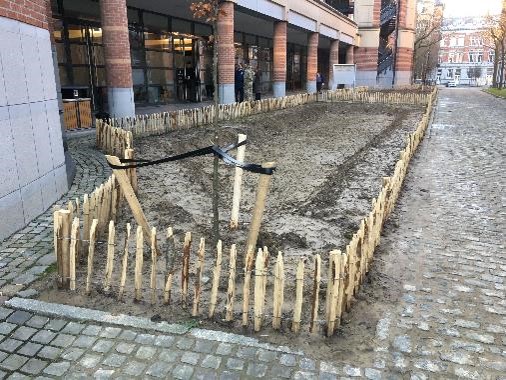
- FPS Public Health: expertise and financial
- Military: support, follow-up, logistics, not financial
- Krinkels: executor of the renovations
Wie werden die Kriterien des Ziels erfüllt?
Gebäude und Infrastrukturen
- So wenig Veränderung der ursprünglichen Landschaft wie möglich / so viel Natürlichkeit wie möglich, um graue und betonierte Flächen zu ersetzen (e.g. green roofs and walls, greening the surroundings, incorporating the existing landscape into the infrastructure).
- Wahrung und/oder Verbesserung der besonderen ökologischen Merkmale des Gebiets (e.g. the topography, the type of landscape, the local plant and animal life) to effectively replace the gray/concrete surface.
- Use native species/subspecies that are more resilient and resistant to climate change, if appropriate
- Provide amenities with sufficient space/length/thickness to ensure the creation of habitats, green-blue areas and veins.
Mögliche Initiativen, an denen das Projekt beteiligt ist:
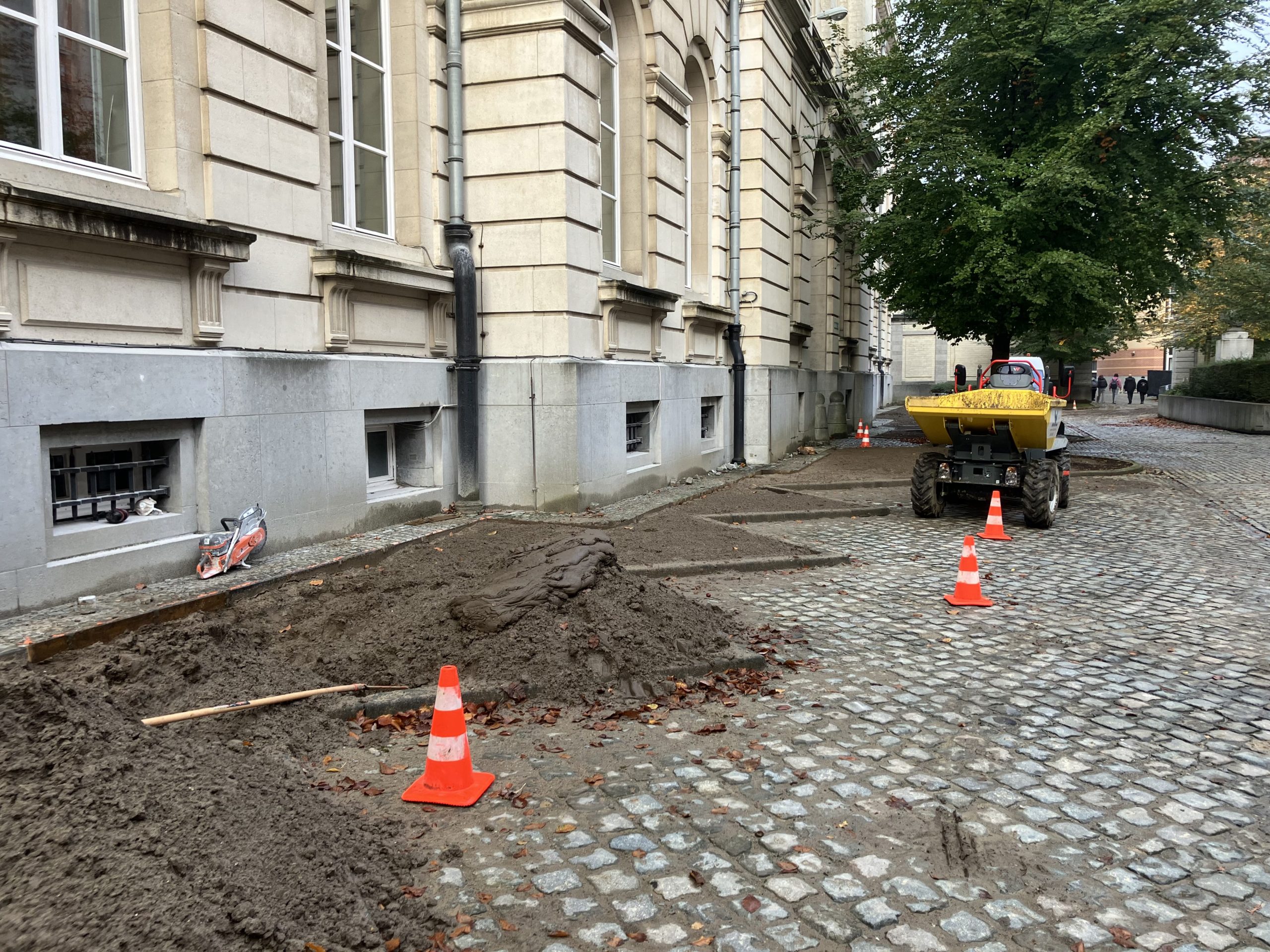
Bed & breakfasts for wild pollinators
- Diversify vegetation to include a range of plants (native species adapted to local pollinator populations) that bloom and provide abundant sources of pollen and nectar throughout spring, summer and fall (“bee pastures”).
- Schaffung/Verbesserung von Korridoren, um die ökologische Kontinuität zwischen den verschiedenen Arten von Grünflächen zu erhalten und Bestäubern die Möglichkeit zu geben, von einem Ort zum anderen zu gelangen.
Langfristige Wartung
The site will be managed ecologically with appropriate mowing management, depending on the function of the zone.
Vorteile
- The plantings with native species will attract native fauna and thus increase local biodiversity.
- Both students and visitors can use the green site to walk, relax, …
- The BiodiversiScape programme will monitor the site and measure the return of biodiversity. The results will be documented and shared, for inspiration for others who want to make similar changes on their domain.
- For the programme, this is a second site from which we have learned lessons, both technically and collaboratively.
Other projects linked to the objective: "Buildings and infrastructures"
Opération Ré-création
Bringing nature into school playgrounds.
Bijgaardehof and Bijgaardepark
Abandoned factory site is being transformed into a park extension and collective housing project that integrates biodiversity.
